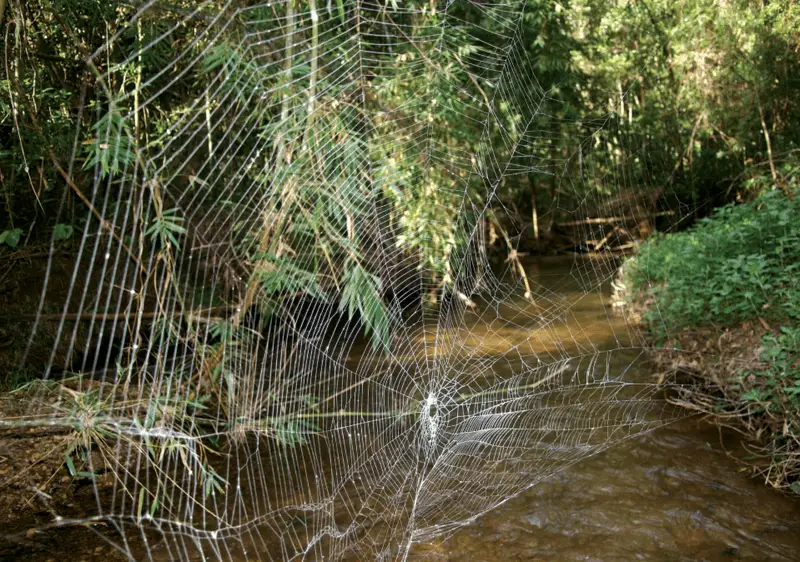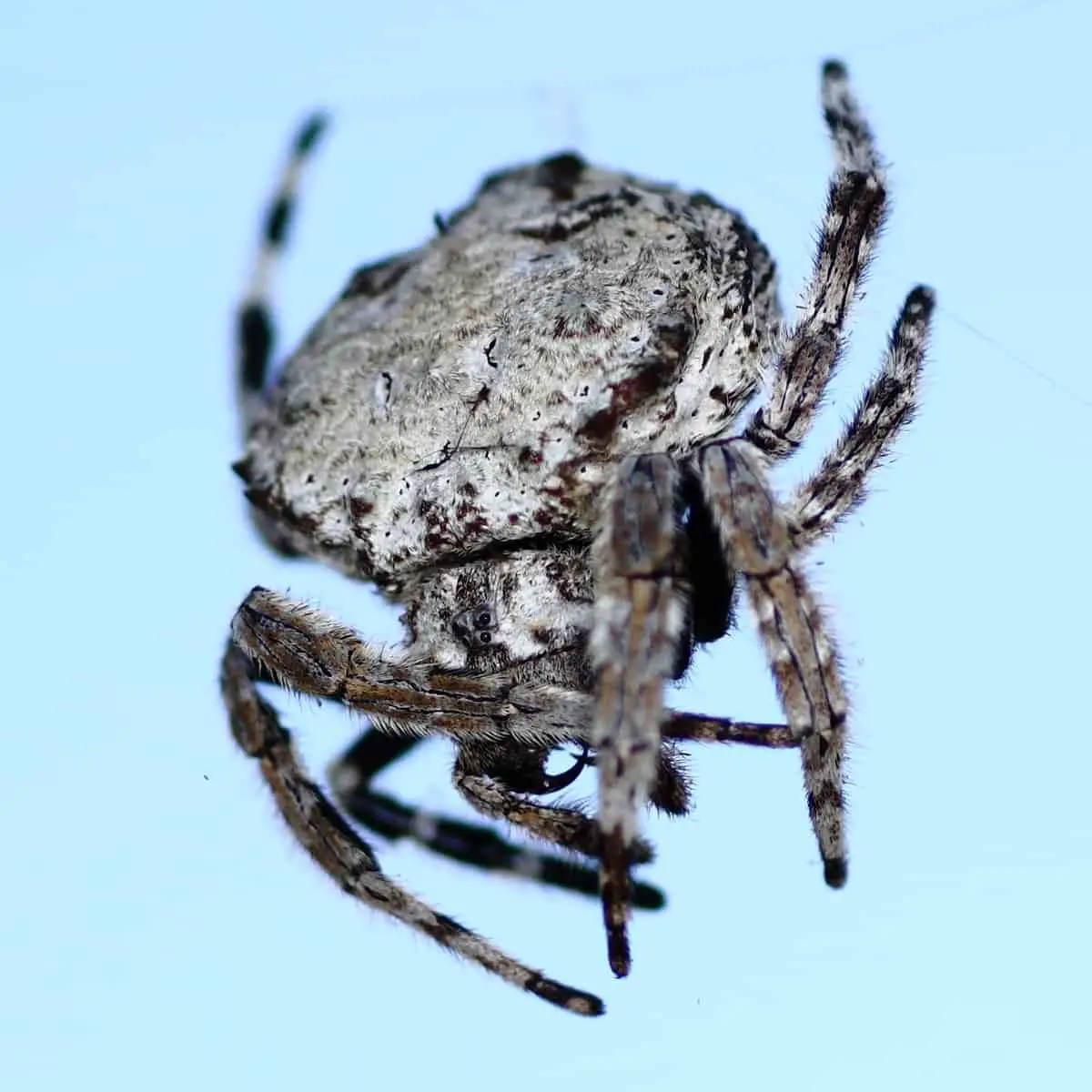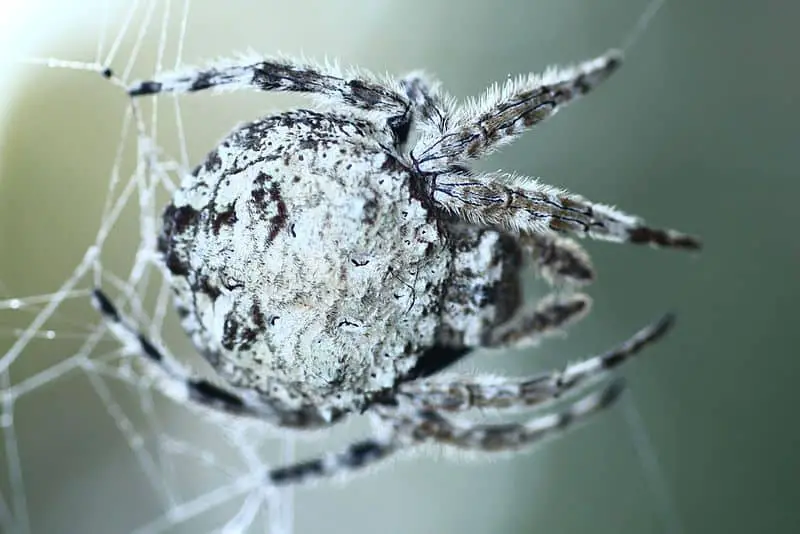Darwin’s bark spider (Caerostris darwini) is an orb-weaver spider that produces one of the largest known orb webs, with anchor lines spanning up to 25 metres (82 ft). The spider was discovered in Madagascar in the Andasibe-Mantadia National Park in 2009.
The species was named in honour of the naturalist Charles Darwin, with the description being prepared precisely 150 years after the publication of The Origin of Species, on 24 November 2009. Its silk is the toughest biological material ever studied, over ten times stronger than a similarly-sized piece of Kevlar. The average toughness of the fibres is 350 MJ/m3, and some are up to 520 MJ/m3 making the silk twice as strong as any other spider silk known.
Several webs of C. darwini have been seen spanning a river, demonstrating their extreme length. See photo. The web of Darwin’s bark spider is remarkable in that it has not only the longest spanning web ever observed, but is among the largest orb webs ever seen, at an area of up to 2.8 square metres (30 sq ft). Nephila komaci, discovered in 2009, and some other Nephila species also make webs that can exceed 1 m (3 ft 3 in) across.

This position allows the spiders to catch prey flying over the water, with webs observed to large web are thought to have coevolved at the same time, as the spider adapted to the habitat. Scientists are currently researching how the spider is able to weave such a large web over water along with being able to anchor drag lines on either side of a river.
Like other spiders of the genus, Darwin’s bark spider displays extreme sexual dimorphism, with large females (18 mm) and small males (6mm).

The spider was described along with an undescribed species of fly, which appeared to have a kleptoparasitic relationship with it. The flies often feed on the spider’s catches before the spider wraps them. Occasionally, spiders have been observed to chase away the flies when they land on something that the spider is eating.

Information and pictures were taken from children’s projects and where credited to that child does not claim to be original information. Where possible, permission to reproduce has been sought. Any infringement of copyright is purely unintentional.
